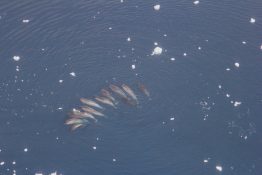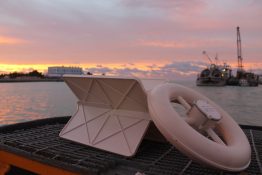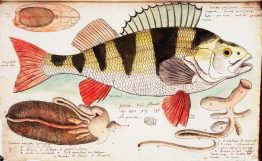Chelsea Wood, an assistant professor of aquatic and fishery sciences, is among five faculty members across the University of Washington that have been awarded early-career fellowships from the Alfred P. Sloan Foundation. Announced on Feb. 15, Sloan Fellowships are open to scholars in eight scientific and technical fields — chemistry, computer science, economics, mathematics, molecular biology, neuroscience, ocean sciences and physics — and honor those early-career researchers whose achievements mark them as the next generation of scientific leaders.
Read more at UW Today »Research uncovers the mysterious lives of narwhals
Narwhals are some of the most elusive creatures in the ocean, spending most of their lives in deep water far from shore. But research being presented at the Ocean Sciences Meeting in Portland Feb. 12 may shed a bit of light on these enigmatic marine mammals. New research shows narwhals may prefer to congregate near unique glacier fjords with thick ice fronts and low to moderate calving activity, where icebergs break off infrequently.
Read more at UW Today »UW’s large research vessel, R/V Thomas G. Thompson, gets back to work
After a stem to stern makeover, R/V Thompson is ready to get back to work exploring the world’s oceans.
Read more at UW Today »Temporary 'bathtub drains' in the ocean concentrate marine debris
An experiment featuring the largest flotilla of sensors ever deployed in a single area provides new insights into how marine debris, or flotsam, moves on the surface of the ocean. Conducted in the Gulf of Mexico near the site of the Deepwater Horizon oil spill, the experiment placed hundreds of drifting sensors to observe how material moves on the ocean’s surface.
Read more at UW Today »Q&A: Forgotten fish illustrator remembered through first publication
More than three centuries ago, a French monk made thousands of drawings of plants and animals, traveling under the authority of King Louis XIV to the French Antilles to collect and document the natural history of the islands. These drawings were often the first ever recorded for each species and were completed in remarkable detail. The illustrations were nearly lost forever during the tumultuous French Revolution, and the volumes compiled by Father Charles Plumier were discovered by chance, found serving as stools for the monks to sit on by the fire in the convent where he lived.
Read the Q&A at UW Today »





